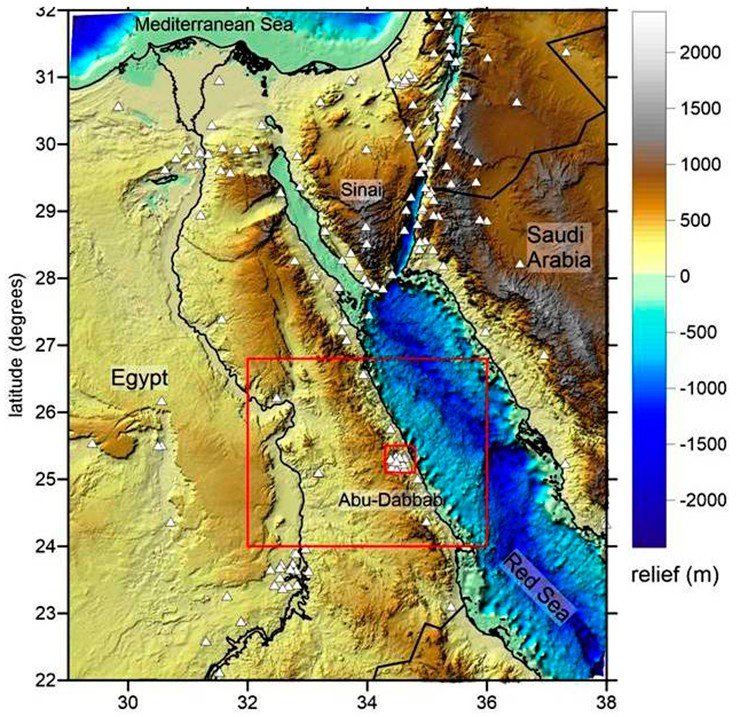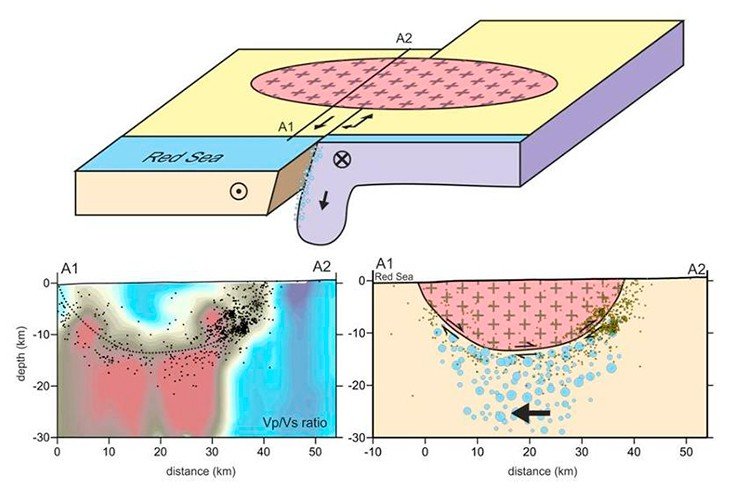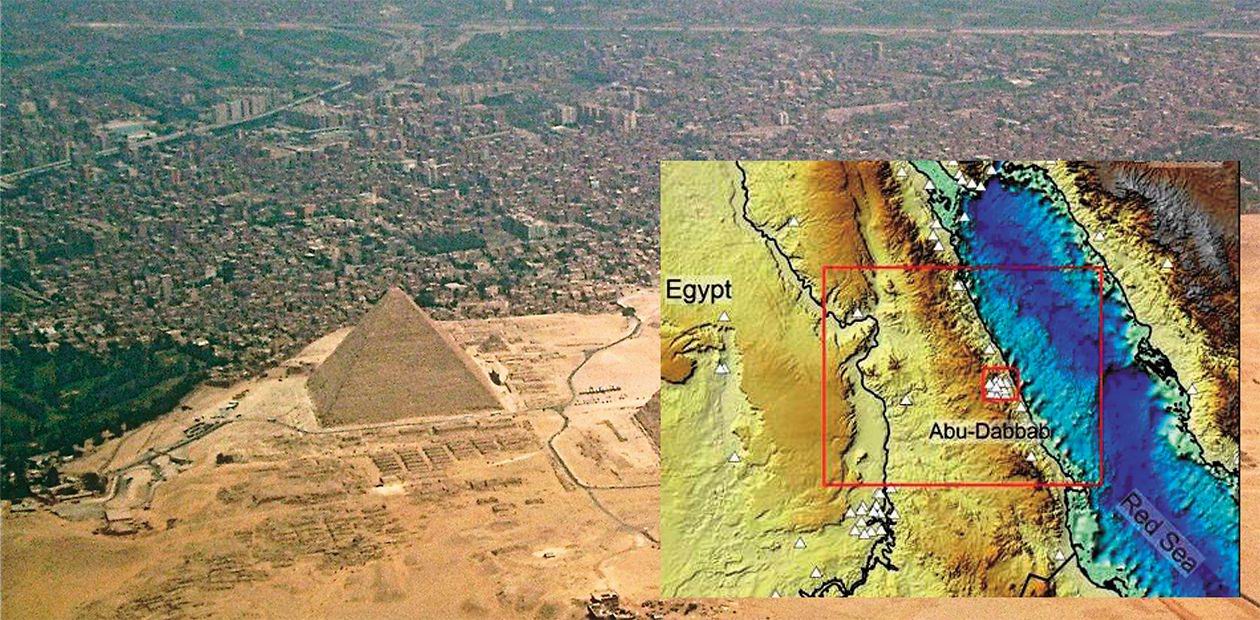Siberian Scientists Help Unravel the Mystery of Cannon Earthquakes in Egypt
Earthquake shocks accompanied by mysterious roaring have long been felt at Abu Dabbab, Egypt. Specialists from Novosibirsk State University (Russia) and their colleagues from King Saud University (Saudi Arabia) have explained this phenomenon. A perplexing fact: generally, the human ear does not perceive the frequencies at which earthquakes produce sounds yet people could hear them quite distinctly near the Egyptian coast of the Red Sea
"These sounds have been heard occasionally by many generations of Bedouins," says Ivan Koulakov, Doctor of Geology and Mineralogy, a senior lecturer at the Geology and Geophysics Department, Novosibirsk State University, and Head of the Laboratory of Forward and Inverse Seismic Problems, Trofimuk Institute of Petroleum Geology and Geophysics SB RAS (Novosibirsk). According to Koulakov, a tomographic analysis conducted at Abu Dabbab has revealed the presence of a fault stretching up to the sea. This rift is the cause of the "concerts."

The fault is covered by a 5-km thick monolithic “cap” formed by rocks erupted hundreds of millions of years ago. Here, water serves as a lubricant; therefore, the monolithic cap does not break when the fault shifts. Since this huge block consists of strong well-consolidated rocks, inside there is almost no seismic signal attenuation. Thus, the block "conducts" the sound of the earthquakes to the surface in a frequency range that is audible for humans, which explains the underground roar.
The results of the study have been published in Bulletin of the Seismological Society of America.

Adapted from NSU Press Service
Photo credit: Wikimedia Commons
Translated by A. Kobkova






